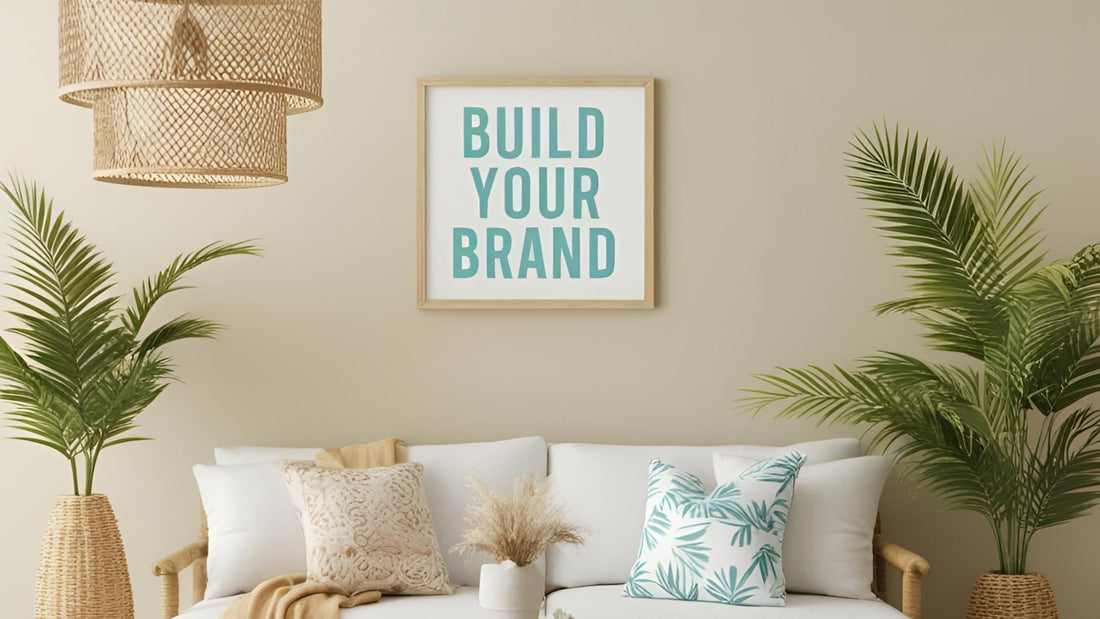In today’s crowded market, a strong brand identity is what sets successful businesses apart.
But here’s the good news: You don’t need a Fortune 500 budget to create a memorable, trustworthy brand.
At Butterfly Media, we’ve helped dozens of small and medium-sized businesses craft authentic, recognizable brands—without breaking the bank. Here’s our step-by-step guide to building a brand that resonates, converts, and grows with you.
Why Does Branding Matter for SMEs?
Before diving into the “how,” let’s talk about the “why.”
-
Stand out in a competitive market – A strong brand makes you unforgettable.
-
Builds trust & loyalty – Customers connect with brands that feel consistent and professional.
-
Justifies premium pricing – A well-defined brand can command higher prices than generic competitors.
-
Makes marketing easier – When your branding is clear, every ad, post, and campaign works harder for you.
Step 1: Define Your Brand’s Core
A. Mission & Vision
-
Mission: Why does your business exist? (Example: “To help small businesses grow with affordable, high-impact marketing.”)
-
Vision: What future do you want to create? (Example: “To become the most trusted marketing partner for SMEs in Asia.”)
B. Brand Personality
Is your brand:
-
Playful or professional?
-
Luxury or affordable?
-
Modern or classic?
Pro Tip: Think of your brand as a person. How would they speak, dress, and behave?
Step 2: Craft a Memorable Visual Identity
Your logo, colors, and fonts should instantly communicate your brand’s vibe.
A. Logo Design
-
Simple > Complex – Think Nike’s swoosh or Apple’s apple.
-
Versatile – Works in black & white, small (favicon) and large (billboard).
-
Timeless – Avoid trends that’ll look outdated in 2 years.
B. Color Psychology
-
Blue = Trust (Great for finance, healthcare)
-
Green = Growth (Ideal for organic, eco-friendly brands)
-
Red = Urgency (Used by food, sale-driven brands)
Pro Tip: Stick to 1-2 primary colors and 1-2 accent colors.
C. Typography
-
Serif fonts (e.g., Times New Roman) = Traditional, reliable
-
Sans-serif fonts (e.g., Helvetica) = Modern, clean
-
Script fonts = Elegant, creative (but use sparingly!)
Step 3: Develop Your Brand Voice & Messaging
How you communicate is just as important as how you look.
A. Brand Voice
-
Formal vs. Casual? (Example: A law firm vs. a skate shop)
-
Funny or serious?
-
Inspirational or straightforward?
B. Tagline
Keep it short and impactful:
-
Nike: “Just Do It.”
-
Apple: “Think Different.”
-
L’Oréal: “Because You’re Worth It.”
Pro Tip: Write down 3-5 brand voice guidelines (e.g., “We always speak in a friendly, encouraging tone”).
Step 4: Be Consistent Across All Touchpoints
A strong brand is recognizable everywhere—website, social media, packaging, even customer service.
✅ Website – Use the same colors, fonts, and tone.
✅ Social Media – Keep filters, captions, and visuals aligned.
✅ Packaging & Print – Business cards, labels, and merch should feel cohesive.
Example: Coca-Cola’s red and white branding is instantly identifiable even without their logo.
Step 5: Build Brand Loyalty Through Storytelling
People connect with stories, not sales pitches.
-
Share your origin story (Why did you start this business?).
-
Highlight customer success stories (Testimonials, case studies).
-
Show behind-the-scenes content (Team culture, how products are made).
Pro Tip: User-generated content (UGC) is free and powerful—encourage customers to share their experiences!
Final Thought: Your Brand is a Living Thing
Your brand isn’t just a logo—it’s the entire experience customers have with you. As your business grows, refine and adapt, but stay true to your core identity.
💡 Need help building a standout brand? Butterfly Media specializes in branding, logo design, and strategic storytelling for SMEs. Let’s create a brand that wows your customers and outshines competitors—book a free consultation today!
📌 What’s the hardest part of branding for you? Let us know in the comments—we’d love to help!


